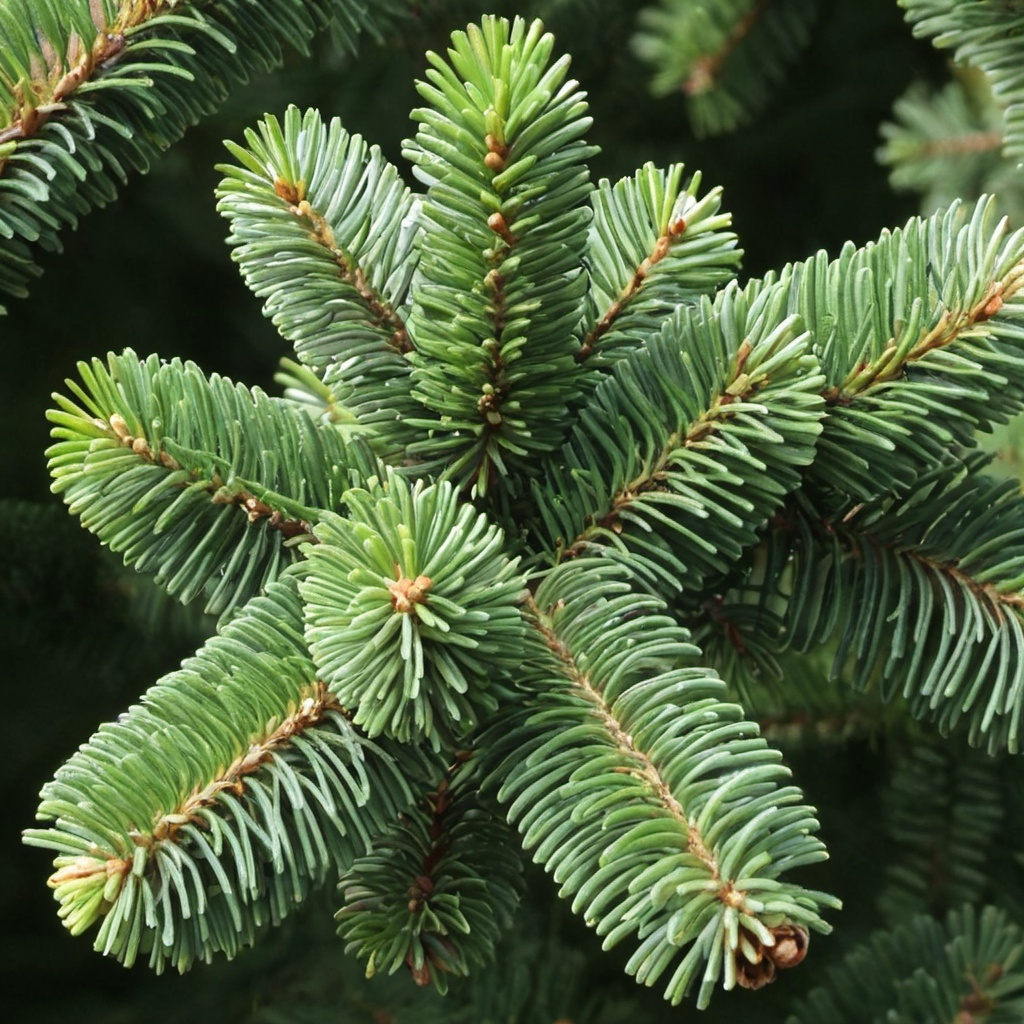1
/
of
1
Balsam Fir Tree Seeds
Balsam Fir Tree Seeds
Regular price
$1.00 USD
Regular price
Sale price
$1.00 USD
Unit price
/
per
Shipping calculated at checkout.
Couldn't load pickup availability
Balsam Fir Tree Seeds
(Abies balsamea Lake States)
The Balsam Fir (Abies balsamea) is a popular evergreen tree known for its aromatic foliage and its use as a Christmas tree.
Description
- Height: Typically grows to 40-75 feet tall.
- Spread: Has a narrow, conical shape with a spread of about 20-25 feet.
- Needles: The needles are flat, ¾ to 1½ inches long, and have a rich green color with silvery bands on the underside.
- Bark: The bark is smooth and gray when young, becoming rougher with age.
Habitat
- Native Range: Found primarily in the northeastern United States and eastern Canada.
- Preferred Soil: Grows best in moist, well-drained, acidic soils.
- Sunlight: Prefers full sun to partial shade.
Growth and Care
- Watering: Requires consistent moisture, especially when young. Does not tolerate drought well.
- Fertilization: Can benefit from balanced, slow-release fertilizers in the spring.
- Pruning: Minimal pruning is needed, typically just to remove dead or damaged branches.
Uses
- Landscaping: Used in landscaping for its attractive shape and pleasant scent.
- Christmas Trees: A popular choice for Christmas trees due to its shape, needle retention, and fragrance.
- Wildlife: Provides habitat and food for various wildlife, including birds and small mammals.
Fun Facts
- The balsam fir's resin, known as Canada balsam, is used in the making of optical instruments and as a traditional remedy for colds.
- The needles and bark can be used to produce essential oils with a refreshing scent.
Planting Instructions:
Site Selection: Choose a planting site with well-drained soil and partial shade.
Preparation: Clear the area of weeds and debris to create a clean planting space.
Planting:
-
- Prepare the soil by loosening it to a depth of a few inches.
- Create furrows or small holes about 1/4 inch deep in the soil.
- Place the seeds in the small holes, spacing them appropriately to allow for growth.
- Cover the seeds lightly with soil and gently pat down to ensure good seed-to-soil contact.
- Watering: Keep the soil consistently moist but not waterlogged. Water gently to avoid disturbing the seeds.
- Care: Once seedlings emerge, provide them with adequate moisture and protect them from harsh weather conditions.
- Transplanting: After 1-2 years, when the seedlings are sturdy enough, they can be transplanted to their permanent location if desired.
Zones: 3 to 7
Stratification Requirement: Seed requires 30-45 days cold moist stratification.
Share


